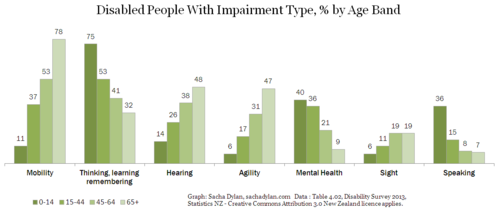Living with spina bifida can be physically exhausting. Sometimes that gets me down.
I often feel a psychological detachment from my body, a sort of disembodiment that comes from a loss of control I feel over my own health and wellbeing. I constantly curse my body for making me sick, preventing me from doing the things I want to do, for not working properly. And yet, the consequences can be pretty grim if I don’t look after myself. That involves getting to know my body and what it needs, being kind to my body and embracing imperfection.
Recently, I joined a gym because I am fat and unfit and I would like to be less fat and more fit. I was fed up with feeling helpless and unable to keep my own body healthy. I am doing something positive and proactive for my overall health and I am hopeful that it might help with not only my physical fitness but also my mental health. Winter is tough for everyone and I am prone to ‘SAD’ (Seasonal Affective Disorder), so it’s important for me to get out of the house and to keep my energy levels up, too.
Two days after my first couple of sessions at the gym, I was scared to get out of bed because I was weak and in so much pain that I was afraid I might fall trying to get back into my wheelchair. It had not occurred to me that I might need to pace myself, to begin with, for my own safety.
Anybody who has exercised knows the horror of gym pain when you start out. When you add that to chronic pain that is already a constant, the result is, well, very bloody sore. My overexertion was a mere hiccup. After a few days of R&R, I am back at the gym, being sensible about how much I can safely do and I am loving it.
A positive body image is important not only for my self esteem but for my overall sense of self. Happily, having a positive body image need not involve bikini bodies, svelte physiques, or having the perfect symmetry of Da Vinci’s Vitruvian Man. Anyone can have a good body image, including a 33 year old, (soon to be less)fat, short, lopsided paraplegic. I like the way I look. I’ve genuinely never looked at anyone else and wished I looked like them. Exercising is helping me to appreciate my physical self more. I am confident that it will help me to feel even better about being in my own skin as I progress.
I made the decision to start exercising for my health. It has little to do with how I look. A toxic aspect of popular culture I have managed to escape is that of comparing myself with others who are held up as aspirational models of physical perfection. I have spina bifida to thank for that.
I look so different to what is considered ‘perfect’, I had to redefine what it meant to look good from a very early age. A positive body image for me then is seeing myself in the mirror, knowing that the image staring back at me is as fit and healthy as she can be and is being well looked after. That is what I am striving for. That is what looks good to me.


